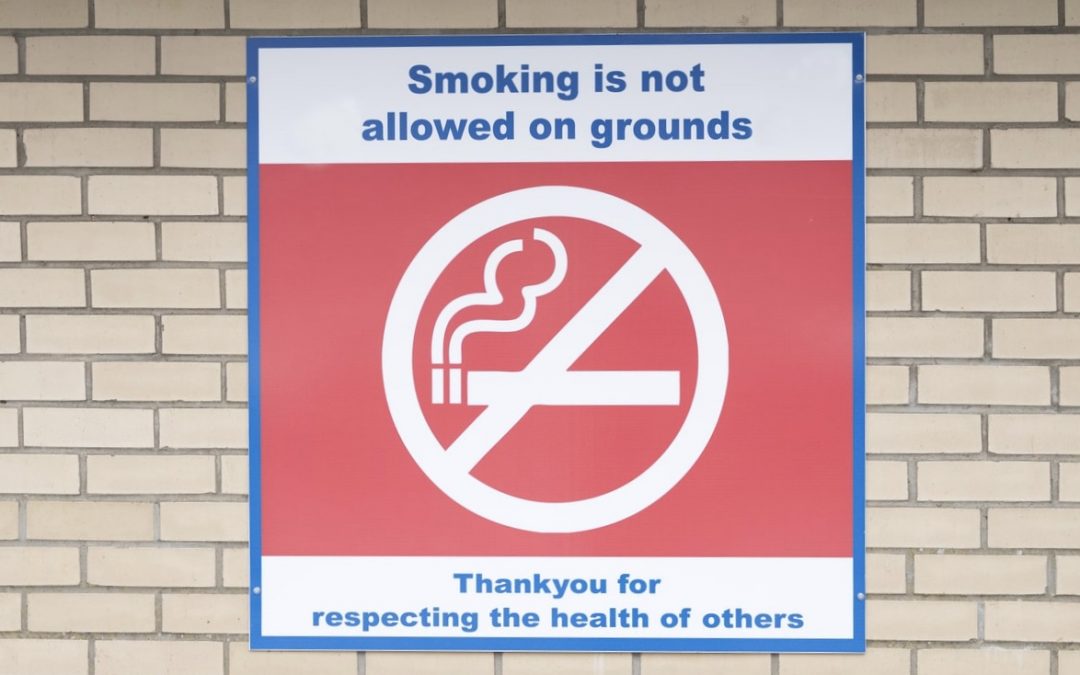The Cost of Tobacco Products
According to the CDC, tobacco use costs the U.S. economy more than $300 billion every year in medical care and lost productivity. $5.6 billion of that is in productivity losses due to exposure to secondhand smoke. Broken down it is estimated that smokers cost employers nearly $6,000 more each year compared to nonsmokers. Work-sites that allow smoking also have higher maintenance costs. The CDC states employers will spend $728 more per 1,000 square feet annually on maintaining the workplace. Not only that, but employers will have higher insurance costs since smoking creates higher injury and fire risks.
Tobacco Free Policy
Nearly 20% of the adult workforce smokes, which not only threatens their own health and well-being, but also their fellow employees’ health and well-being. Smoking is a preventable disease, yet it is still the leading cause of disability and death in the United States. Creating a tobacco free workplace is part of the solution. According to the Bailey Group, implementing a Tobacco Free Policy at your workplace is beneficial for two main reasons:
- It helps create and maintain a culture of health within the organization.
- It may just be the incentive and motivation your employees need to help jump-start their efforts in the kicking the unhealthy habit.
Implementing a Tobacco Free Policy will also help lower healthcare costs, increase productivity, and decrease absenteeism.
How to Create a Tobacco Free Policy
The American Cancer Society recommends clearly defining the definition of tobacco use and the new policy. It is also recommended to explain exactly what you mean by a tobacco free policy and all that it includes to prevent any confusion. For example, if you issue company cares, be sure to explain that tobacco use in the company car is also not allowed.
For more information, The American Cancer Society outlines their model tobacco free policy here!








